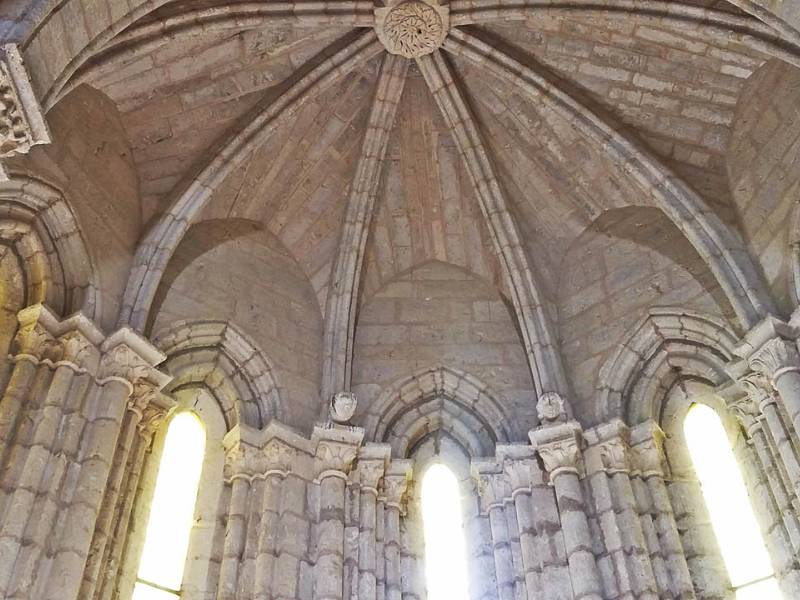Castile Canal - Palencia
- Route Data
- Ascent slope
- 734 m.
- Previous
- Following
This was the loading and unloading dock for barges and along with the dock in Valladolid, had the greatest number of vessels coming in, which at one time exceeded 300.
Today, as the Canal de Castilla passes through the city of Palencia, it reminds tourists of its cultural heritage and the importance of this stretch of water during the 18th century. The El Tesoro and the Las Gatillas aqueduct can also be found.
Reference to content
What to see?
 The Big House of Monte El ViejoMore information
The Big House of Monte El ViejoMore informationIt is located in the site that names it: ‘Monte El Viejo’, it consists of a central tower to which two square rooms of lower height are attached. It is a gift of King Alfonso VIII to the city. Today it...
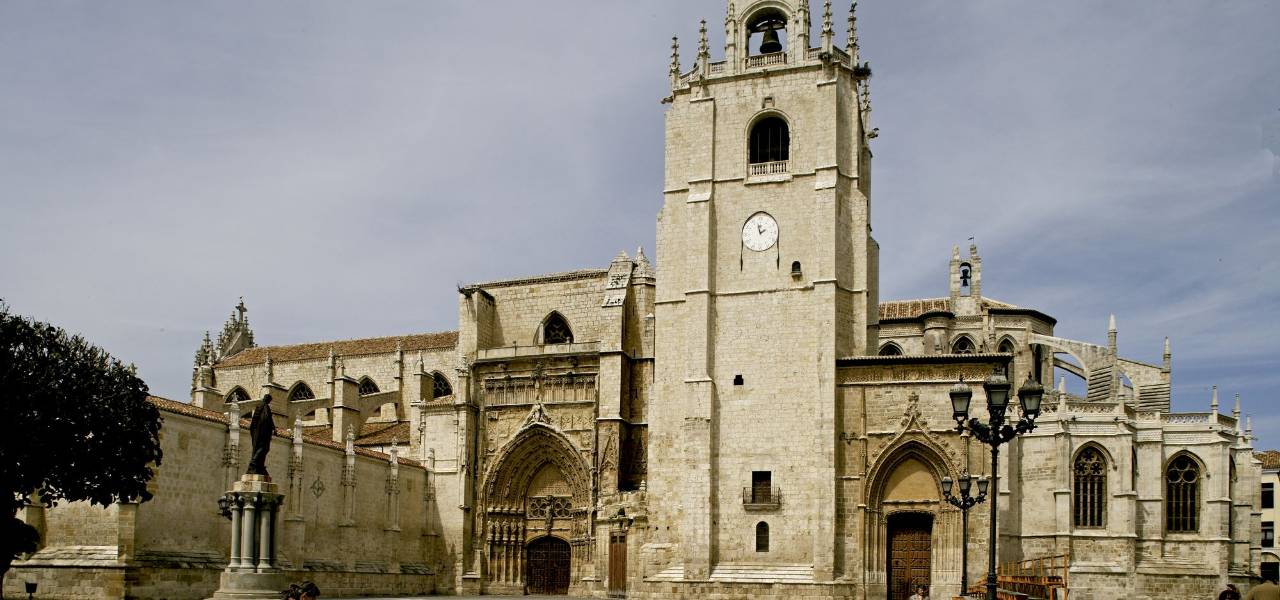 Cathedral of PalenciaMore information
Cathedral of PalenciaMore informationThe building combines various styles - Renaissance, and Gothic, among others - and contains numerous important paintings and sculptures. The underground crypt houses the relics of San Antolín, which lie...
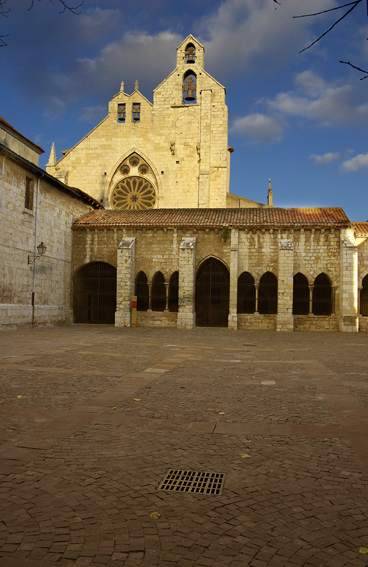 Church convent of San FranciscoMore information
Church convent of San FranciscoMore informationIt has a cloister with pointed arches resting on fine paired columns reinforced by buttresses. Founded by the Franciscan order in the 13th century. It held the General Assembly of the kingdom back in the...
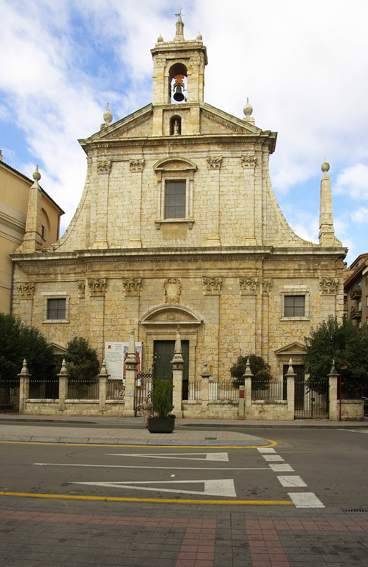 Church of Nuestra Señora de la Calle / Church of the CompañiaMore information
Church of Nuestra Señora de la Calle / Church of the CompañiaMore informationBuilt in the late 16thb century, with a Latin cross ground floor and a single nave. It follows the Jesuit model. The internal distribution and the facade are defined by a sober classical symmetry. The...
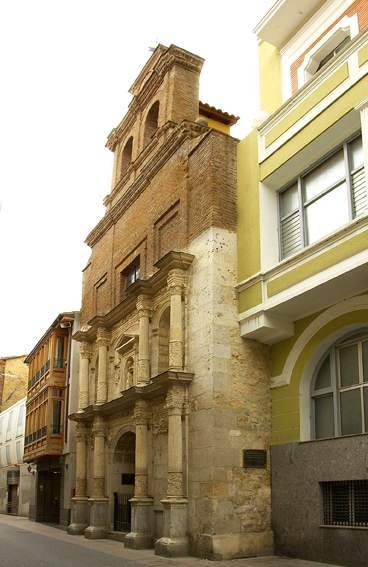 Church of San BernardoMore information
Church of San BernardoMore informationRebuilt church. Only te plateresque facade has been preserved of the original structure. Here, Santa Teresa de Jesús founded a convent at the request of the bishop Don Álvaro de Mendoza, which later on...
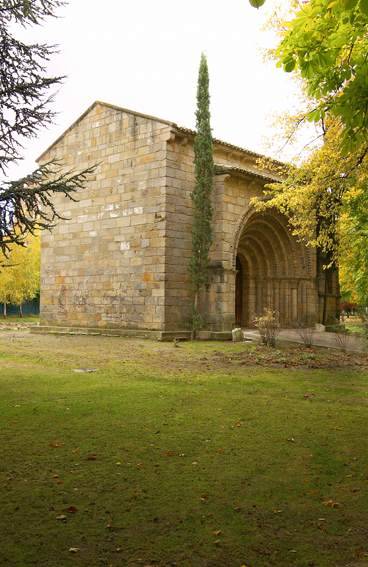 Church of San Juan Bautista - Villanueva del RioMore information
Church of San Juan Bautista - Villanueva del RioMore informationSmall Romanesque church of the 12th century, with an outstanding pointed front and six archivolts resting on columns with ornate capitals.It was originally built in Villanueva del Río Pisuerga, but when...
 Church of San MiguelMore information
Church of San MiguelMore informationWork on this temple began in the early 11th century and was completed in the 12th century. Noteworthy features include the early Romanesque apse and other late Romanesque elements including the pointed...
 Church of San PabloMore information
Church of San PabloMore informationFounded by Santo Domingo de Guzmán in the 13th century. It held the General Assembly in 1313 and contained a Estudio General back in the 16th century, offering degrees in Theology and Arts. On the outside,...
 Church of Santa ClaraMore information
Church of Santa ClaraMore informationLocated inside the Convento de Santa Clara. It contains the Cristo de las Aguas, recumbent Christ found in the street.


